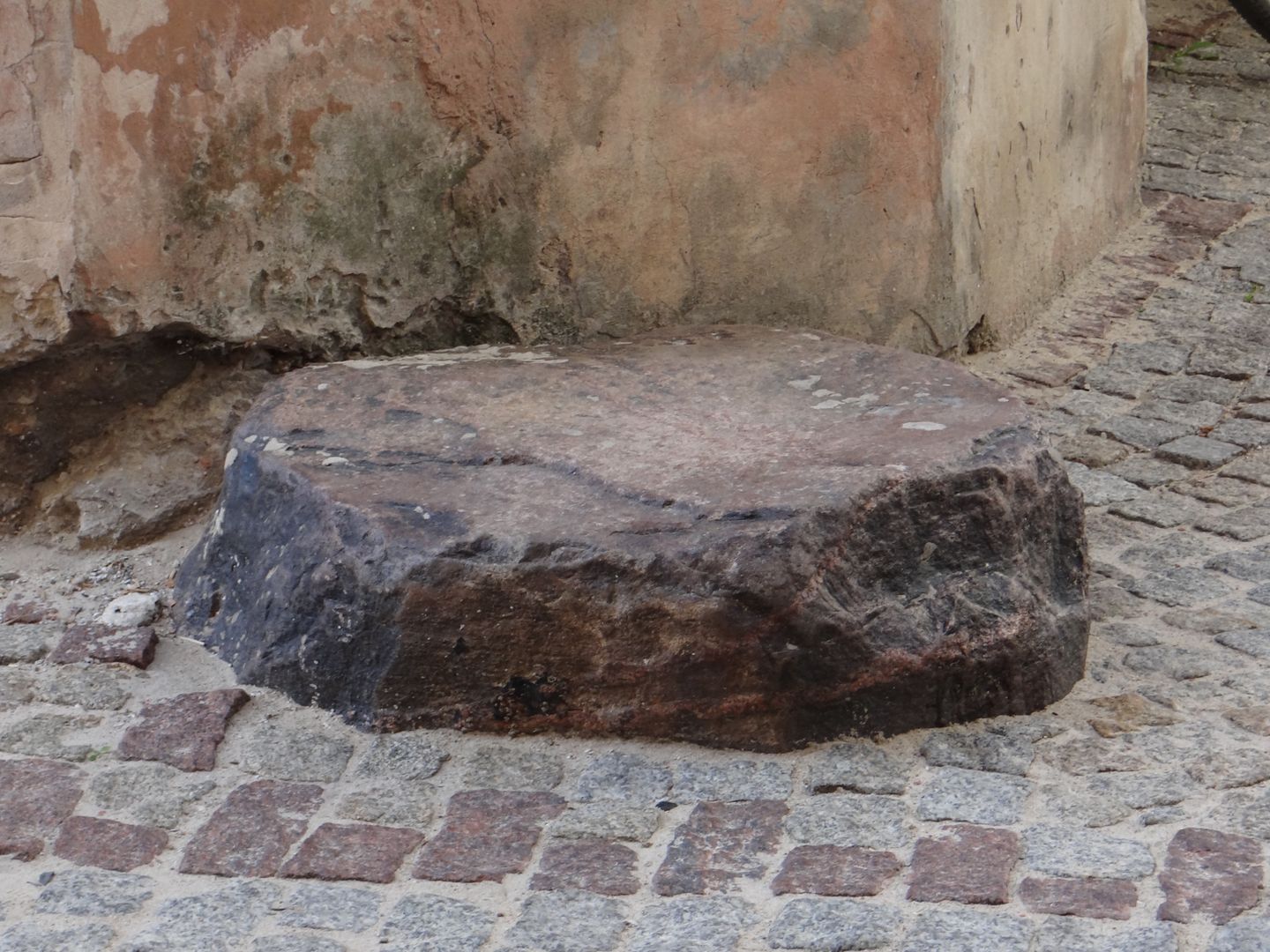Stone of misfortune
6.32

Overview
The Stone of Misfortune in Lublin is a mysterious object located at the intersection of President Teodor Gruell and Jezuicka Streets. According to local legends, touching the stone brings bad luck, making it not only an intriguing landmark but also a popular attraction for both residents and tourists. Architecturally, the lower part of Lublin, where the stone is situated, is characterized by classic urban elements intertwined with the region's rich history. Despite its relatively modest appearance, the stone has become part of the local identity, symbolizing both cautionary tales and the diversity of urban myths.
Culturally, the site draws attention due to its role in urban legends, influencing local culture and the collective memory of the community. People often share stories related to the stone, contributing to the creation of informal rituals such as avoiding it or warning others not to approach it. The history of the stone is shrouded in mystery, and its presence in the city invites reflection on human beliefs and folk superstitions.
It is worth noting that Lublin is a city with a rich history and influences from various cultures, which can be observed in many aspects of its architecture and traditions. The Stone of Misfortune is just one of many elements that contribute to Lublin’s unique character, attracting both history enthusiasts and tourists seeking unusual experiences. Interestingly, the stone is not the only object of its kind in Poland—similar legends surround various locations across the country, highlighting the prevalence of folk beliefs in different regions. Thus, the stone can be viewed as part of a broader tradition that unites Poles regardless of location, emphasizing the role of legends in shaping community and culture.
Location
Tickets
Powered by GetYourGuide
2025 Wizytor | All Rights Reserved